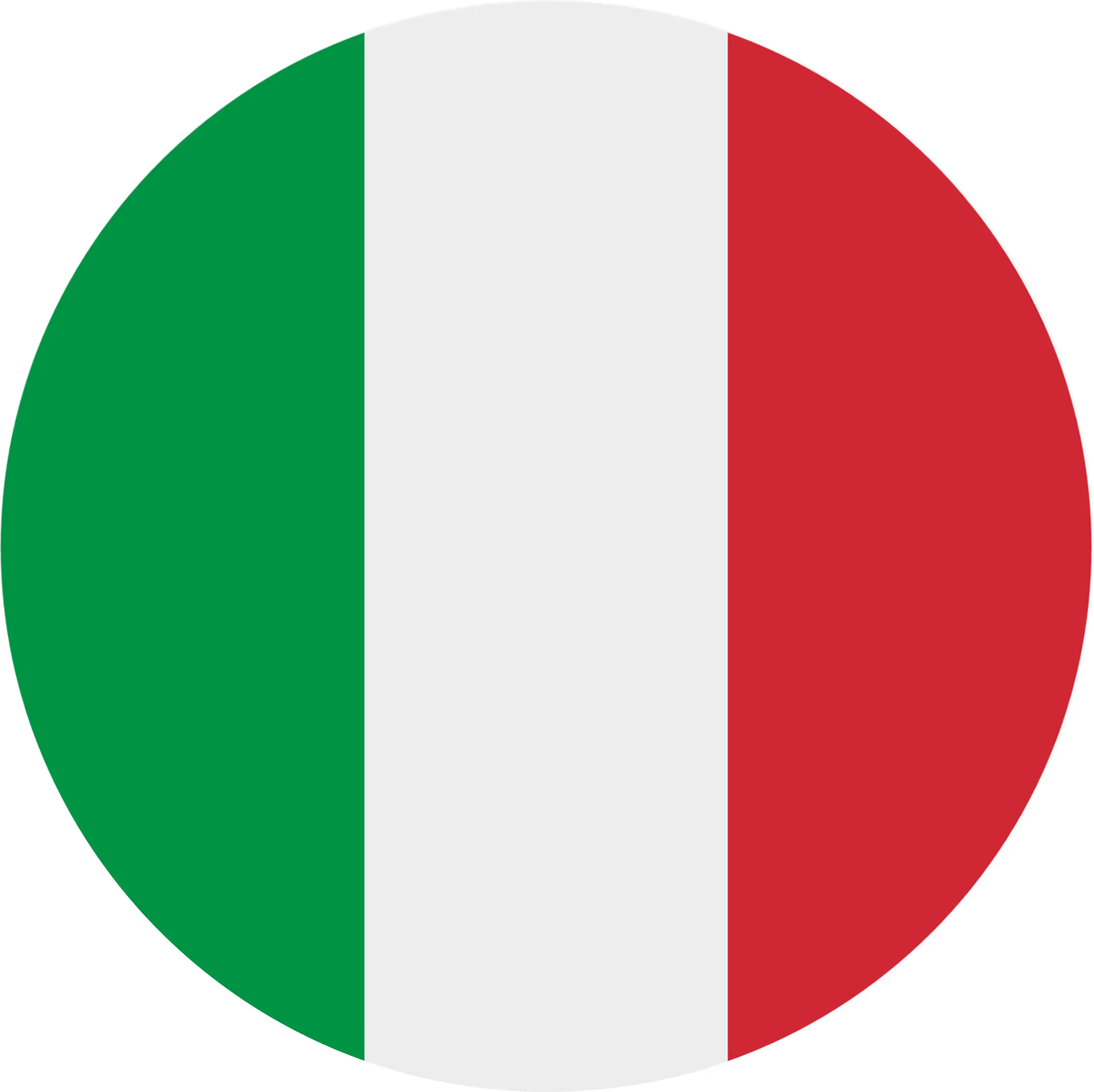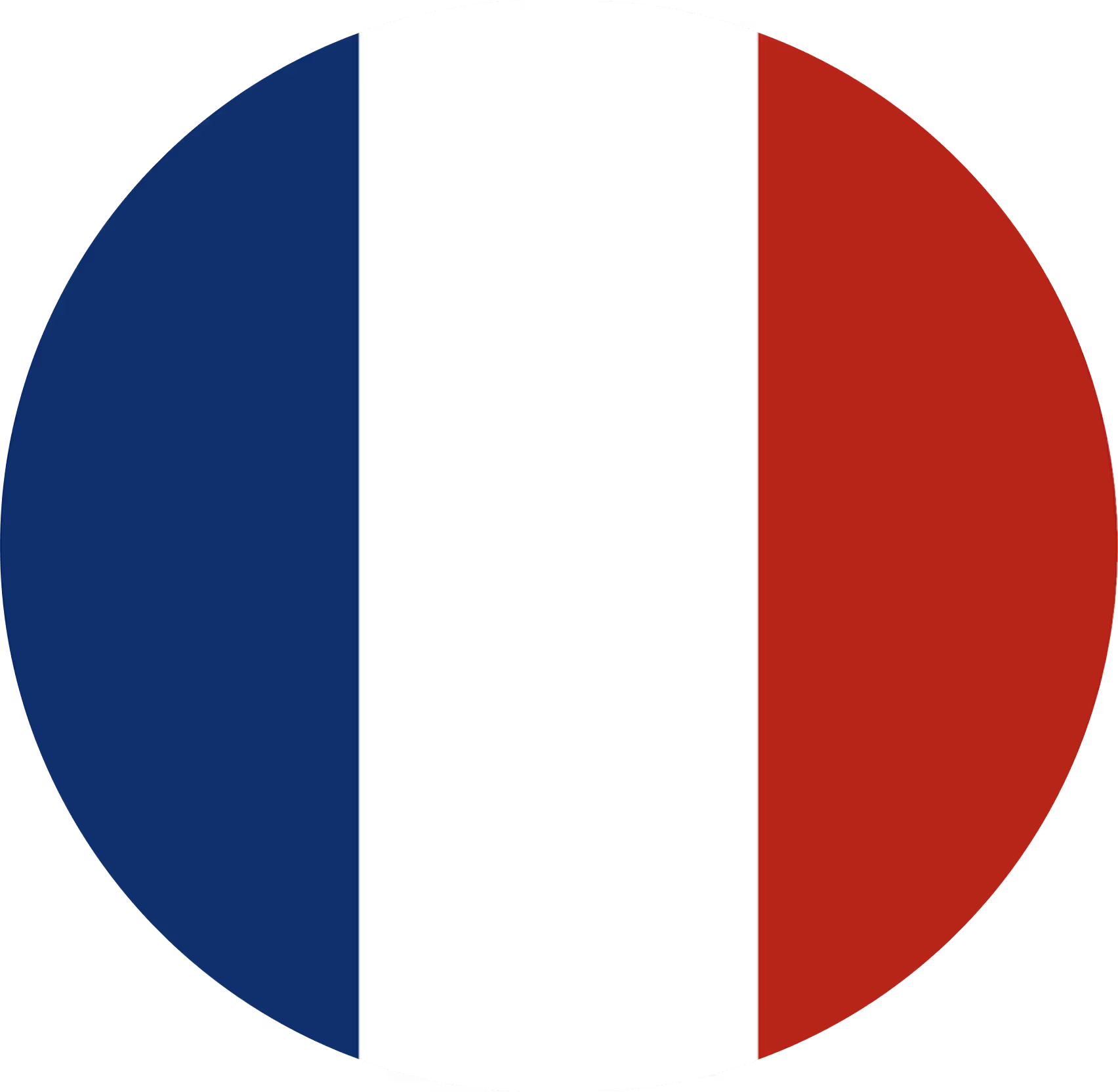Europe Uncorked: Which country tops the charts in eating and drinking out?


Europe. A mixing pot of cultures, languages, and cuisines or drinks. Today, let’s answer one of the most important questions in the on-trade / HoReCa business: Which nation eats and drinks out the most? And which one prefers to socialize in the comfort of home?
Our analysis is based on the on-trade / HoReCa outlets per capita (per 1000 population to be exact). The data is sourced from Outlet Census Live, an on-trade / HoReCa tool for quick filtering and targeting the best outlets, strategic overview over the market, route-to-market strategy making and more.
Access and browse the data for free
Find the full table at the end of the article.
Northern Europe HoReCa: Chilling in the face of chill
The chilly winds of the North are not as friendly to socializing outside compared to milder climates of Central and Southern Europe. Also, drinking out in the Nordic countries is known to be much more expensive than elsewhere.
A testament to this is Finland, the country on the bottom of our list. The land of a thousand lakes and the magical Northern Lights, presents only 1.77 outlets per 1000 folks. It's no surprise given the fact it has the 4th lowest population density in Europe and it gets really, really cold there. Also, Finns are not known as the most sociable of all nations. After all, who needs a bar when you can socialize in a steamy wooden room of a typical Finnish sauna with your friends? Not even their tradition of kahvihetki (a shared coffee break) can counterbalance this.
To be fair, Finland also has the highest number of heavy metal bands per population in the whole world. We wonder whether there's a correlation.

In Denmark, with its hygge culture – a unique blend of comfort, warmth, and togetherness – there are 2.67 outlets per 1000 people. While Danes love to gather around a warm cup of coffee in a cozy café, the often frightful weather compels them to stay at home. You could draw similar conclusions about Norway with 2.38 outlets per 1000 folks or Sweden with 2.75 outlets per 1000 residents. Sweden is the king of nordic countries in this regard, almost on par with Germany. Maybe because of its cherished fika tradition involving a coffee (or tea or lemonade) break that's all about socializing.
Eastern Europe and the Baltics HoReCa: All quiet on the Eastern front
Now let's head east. Estonia, Latvia, and Lithuania, the three Baltic states, each have their unique allure. Estonia, with its digital-savvy populace, has just 2.23 outlets per 1000 people, which testifies to this nation’s tendency to value personal space and privacy.
Latvia offers just 1.91 outlets per 1000 citizens and thus came up second lowest outlet-per-capita country after Finland. The Latvian fondness for beer and their unique herbal liquor, Black Balsam, is apparently not enough to make the country into a major on-trade / HoReCa player.
Lithuania, with its historic old towns and beautiful landscapes, presents 1.99 outlets per 1000 inhabitants. Lithuanians are known to be a bit reserved, with their social life centered around family, culture and traditions rather than partying. Therefore, you might be more lucky in finding a museum or an art gallery rather than a pub or bar.
Poland, an emerging European power player rich in history and hospitality, presents only 2.01 outlets per 1000 people. With a strong culture of hanging out with friends in the privacy of one’s home, this country’s on-trade / HoReCa market is not as developed as in other countries, being concentrated in the country’s capital and important cities like Kraków or the northern tourist hubs of Gdańsk and Gdynia.
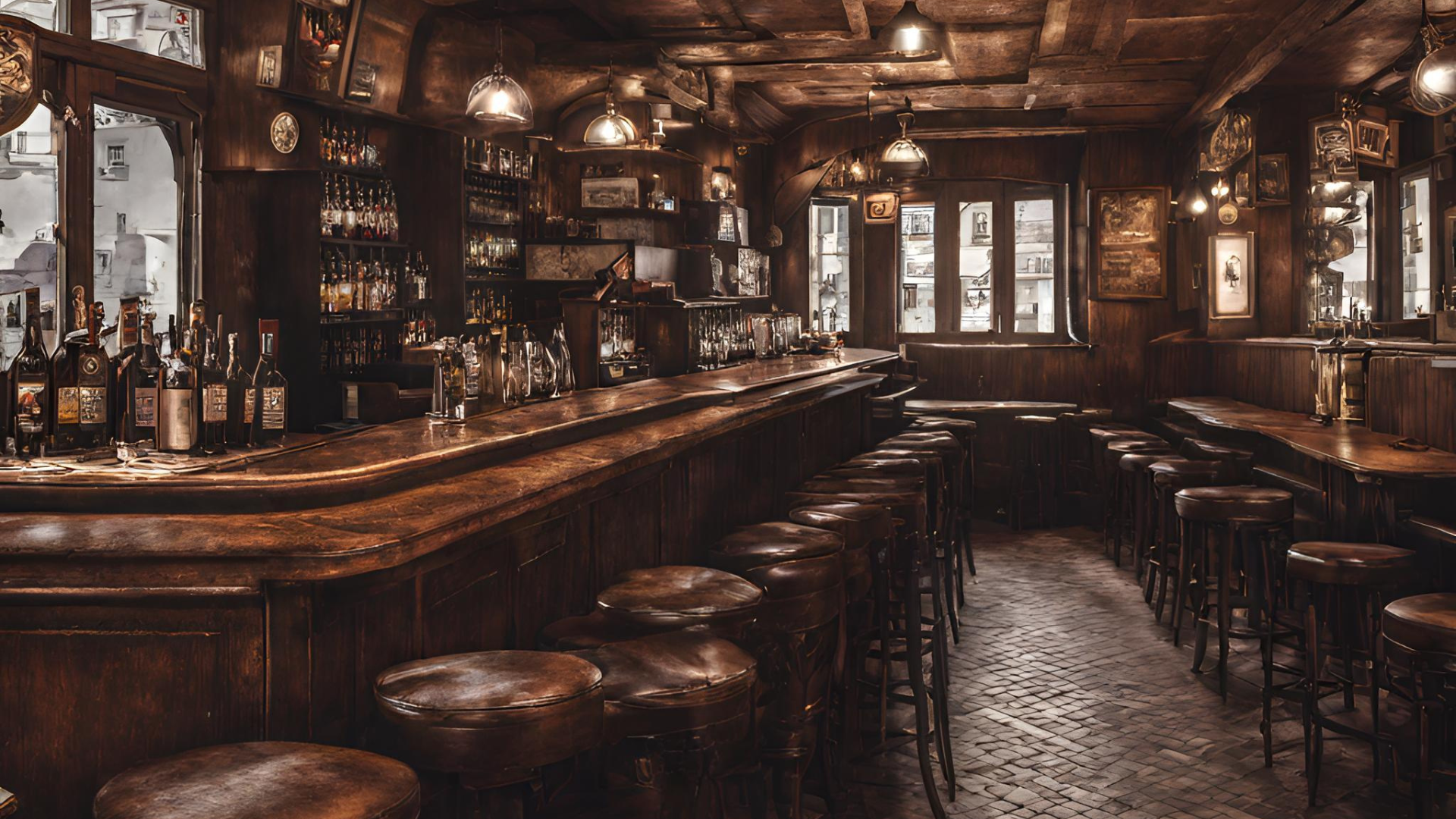
Learn more about the Polish on-trade / HoReCa market in an interview with our colleague Karolina
Similarly, Slovakia clocks in at 2.22 outlets per 1000 people. Despite Slovakians’ reputation of being outgoing and sociable, the number of bars and pubs don’t reflect this as strongly as you’d have thought.
Hungary, a nation known for its thermal baths and rich history, hosts just 2.19 outlets per 1000 folks, mostly concentrated in Budapest and a few other bigger cities. Hungary is quite large with vast areas dedicated to agriculture and its population density ranks amongst the lowest in Europe, so there is not that much potential for on-trade / HoReCa hot zones outside the few regional centers.
Access free data insights for your market here
Central Europe HoReCa: Getting warmer
Moving to Central Europe, Austria, famous for its coffee houses and pastry shops, has 4.18 outlets per 1000 people. These coffee houses, often grand and elegant, are a staple of Austrian social life and serve as much more than places to grab a quick drink. They're social institutions where people meet, chat, read newspapers, and enjoy the day passing by.
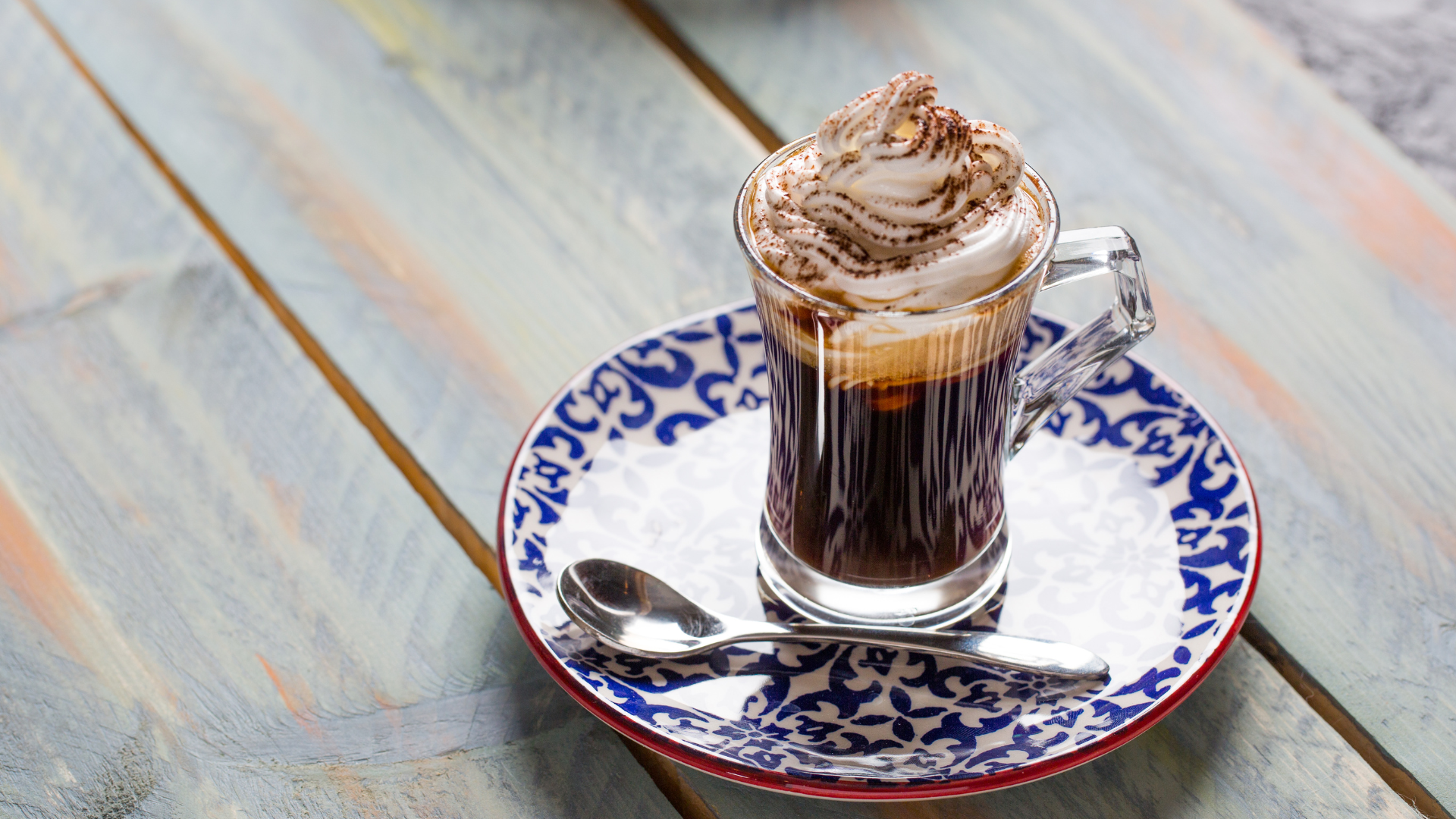
Germany, home to beer gardens (playing the role of community hubs) and the world-famous Oktoberfest, offers 2.90 outlets per 1000 people. These numbers echo the Germans' love for Gemütlichkeit – a word for coziness and well-being, often enjoyed over a filling meal and a mug of beer.
Czechia, the land of the highest per-capita beer consumption in the world, boasts 3.99 outlets per 1000 people. With a rich brewing history and culture centered around pubs (there are even talks about coining it as a “national heritage”), it's no surprise. Compared to their western counterparts in Germany, Czechs have 38% more on-trade / HoReCa outlets per capita. That tells you all you need to know about this country.
Western Europe HoReCa: France reigns supreme
France, the fair land of fine wine and exquisite cuisine, boasts 3.38 outlets per 1000 people. With the famous French wines, bakeries (filmmakers regularly make characters wear a shopping bag with baguette sticking out every time they want to convey the setting is France) and cafés, there is no surprise the on-trade / HoReCa scene is strong here.
In Belgium, famous for its beers and cozy pubs, there are 3.30 outlets per 1000 people. Belgian pubs, often rustic and charming, are the heart of social life in many communities, offering a wide variety of beers to enjoy with friends.
In the Netherlands, where gezelligheid – the Dutch version of Danish hygge – reigns supreme, there are 2.63 outlets per 1000 people, almost the same as in Denmark. This shows the Dutch knack for creating a convivial and cozy atmosphere, which is often more likely to be found at home rather than outside.
Switzerland, the land of precise watches, addictive chocolate and breathtaking Alps, will break your bank (kinda like it broke Credit Suisse in 2023). Maybe that’s the reason you will find just 2.54 outlets per 1000 people here. A fondue in a mountain chalet or a crisp white wine by Lake Geneva are irresistible, but maybe in smaller doses rather than as an everyday treat.
Southern Europe HoReCa: Where the action happens
Finally, we venture into the ever sunny landscapes of Southern Europe. And yes, the stereotypes are true, just look at the numbers.
Italy, renowned for its perfetto cuisine and wines, tops the list with a stunning 6.45 outlets per 1000 people. This is a testament to the Italian philosophy of la dolce vita – a life filled with pleasure and enjoyment.
Italy is home to many world-renowned foods and drinks like pizza, pasta, risotto, parmesan, prosciutto, panna cotta, tiramisù, espresso, negroni, prosecco, aperol spritz, campari or chianti to name just a few (ok, maybe more than a few). With such an impressive portfolio, it’s no surprise that on-trade / HoReCa plays such a strong role in the daily life of Italians.

Spain, the land of flamenco, tapas, gazpacho and the best wine in the world according to our marketing manager, boasts 6.29 outlets per 1000 people. If you’ve ever been to Spain, you are probably not surprised by this. Spaniards seem to live much of their life outdoors, whether at wine bars, tapas places or paella spots.
Portugal, known for its stunning coastlines, the bacalhau (fried cod) and Port wine, presents 5.91 outlets per 1000 people. This reflects the Portuguese lifestyle of socializing and taking life easy, but also the number of tourists this small country draws in every year.
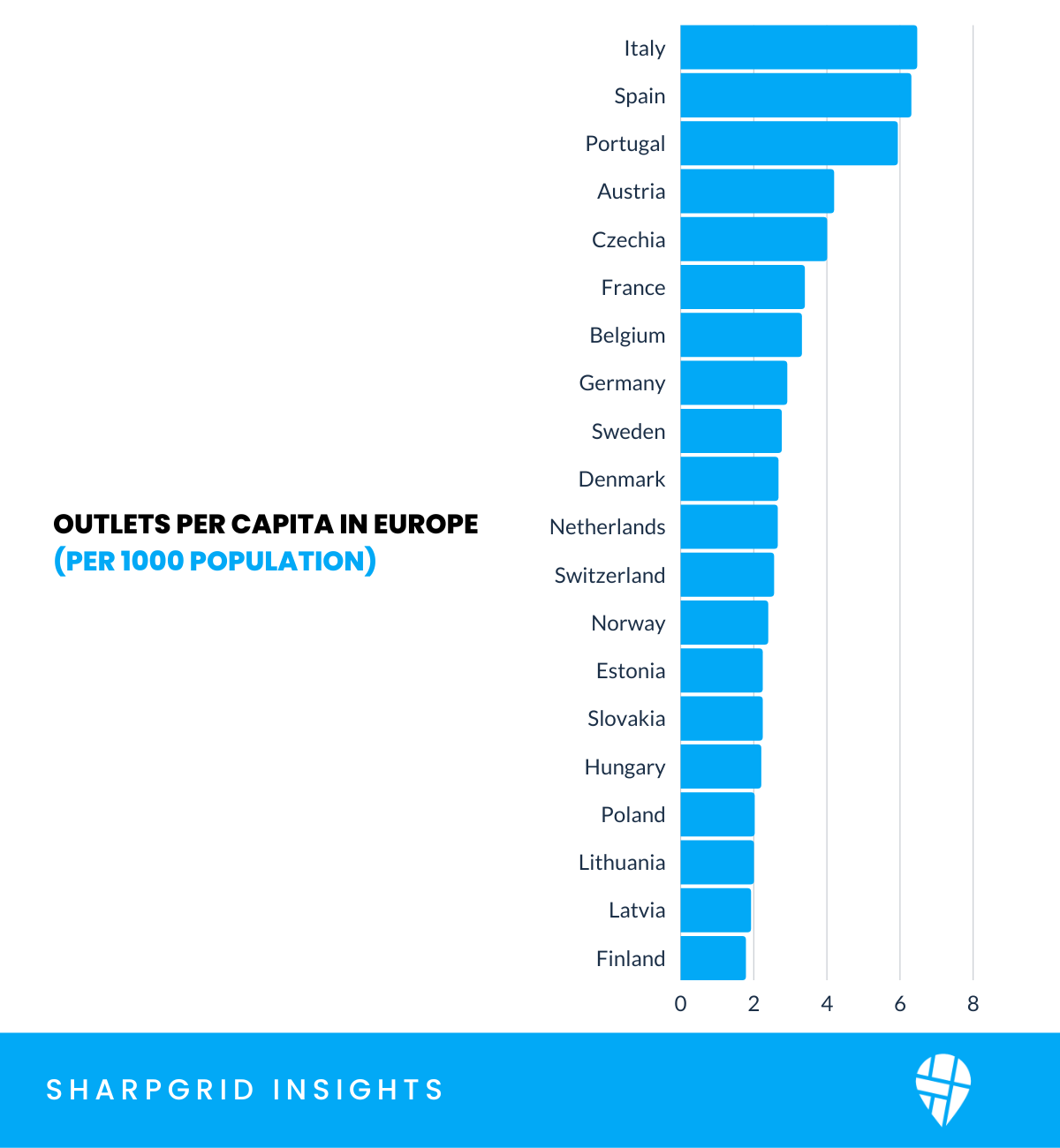
HoReCa seen through data
Europe is united in its diversity and every country has its own charm. The outlet count is just a first step in getting to know the European on-trade / HoReCa culture. All the data in this article come from Outlet Census Live, a all-in-one reporting, analysis and sales tool for on-trade / HoReCa professionals. Learn more about Outlet Census Live and let us know if you have an idea for similar research like this one.
Read more: To booze or not to booze. Europe's top alcohol-ready countries
Disclaimer for Outlet Census Live users: Due to the live nature of the data, there might be slight deviations from the numbers included in this article.

